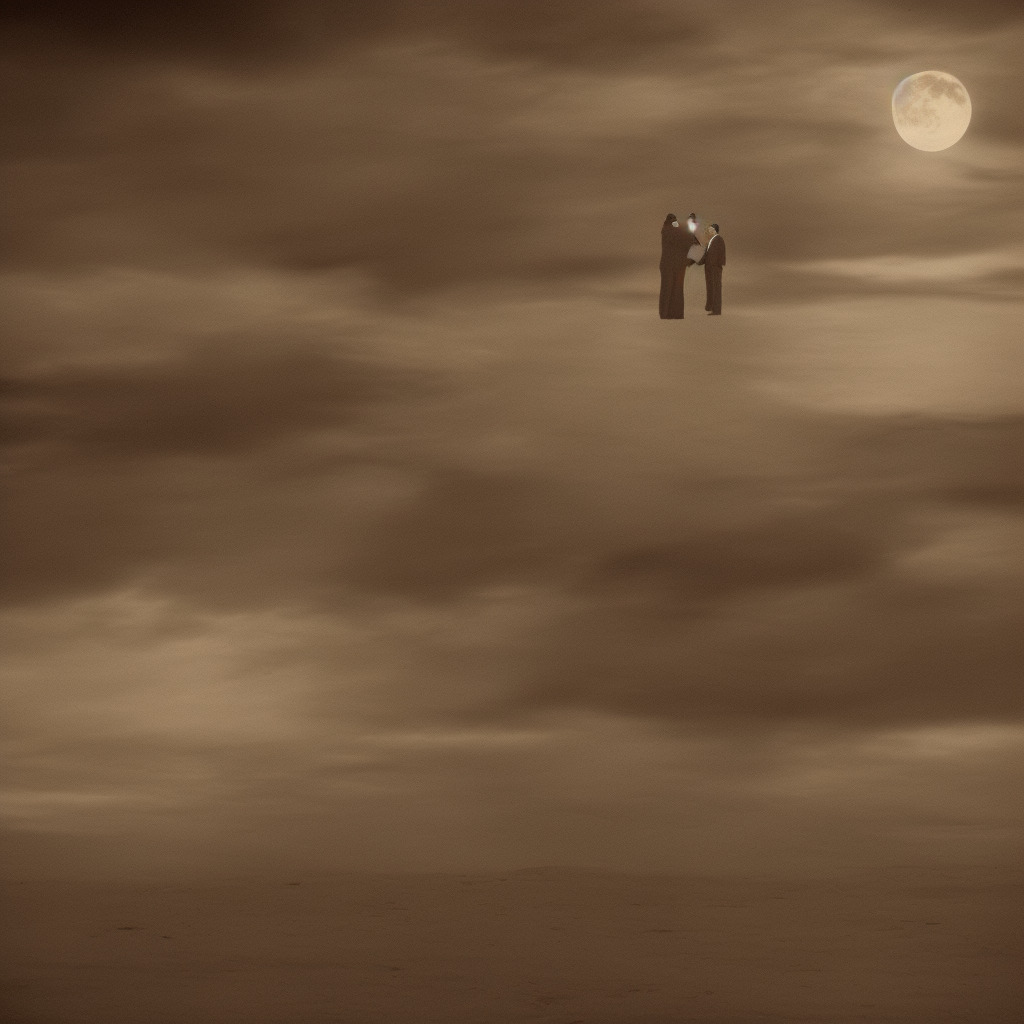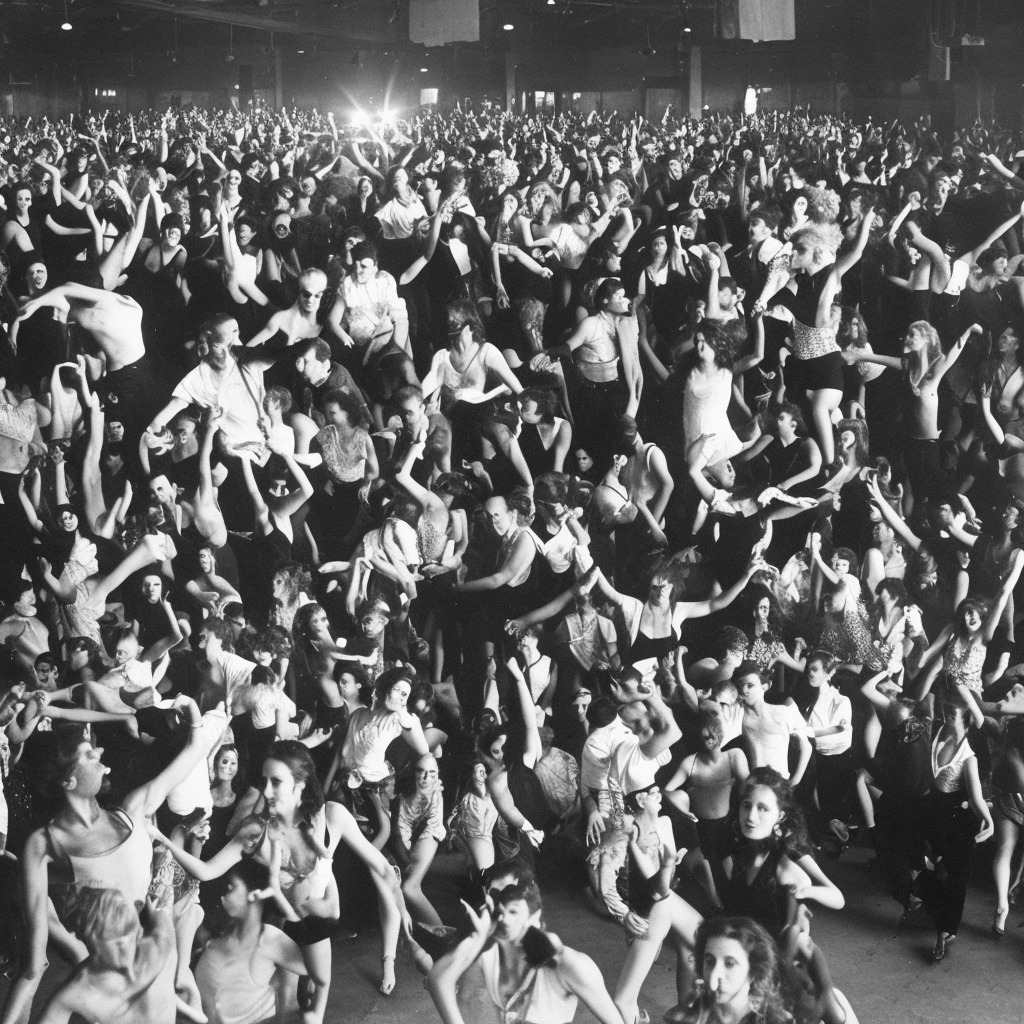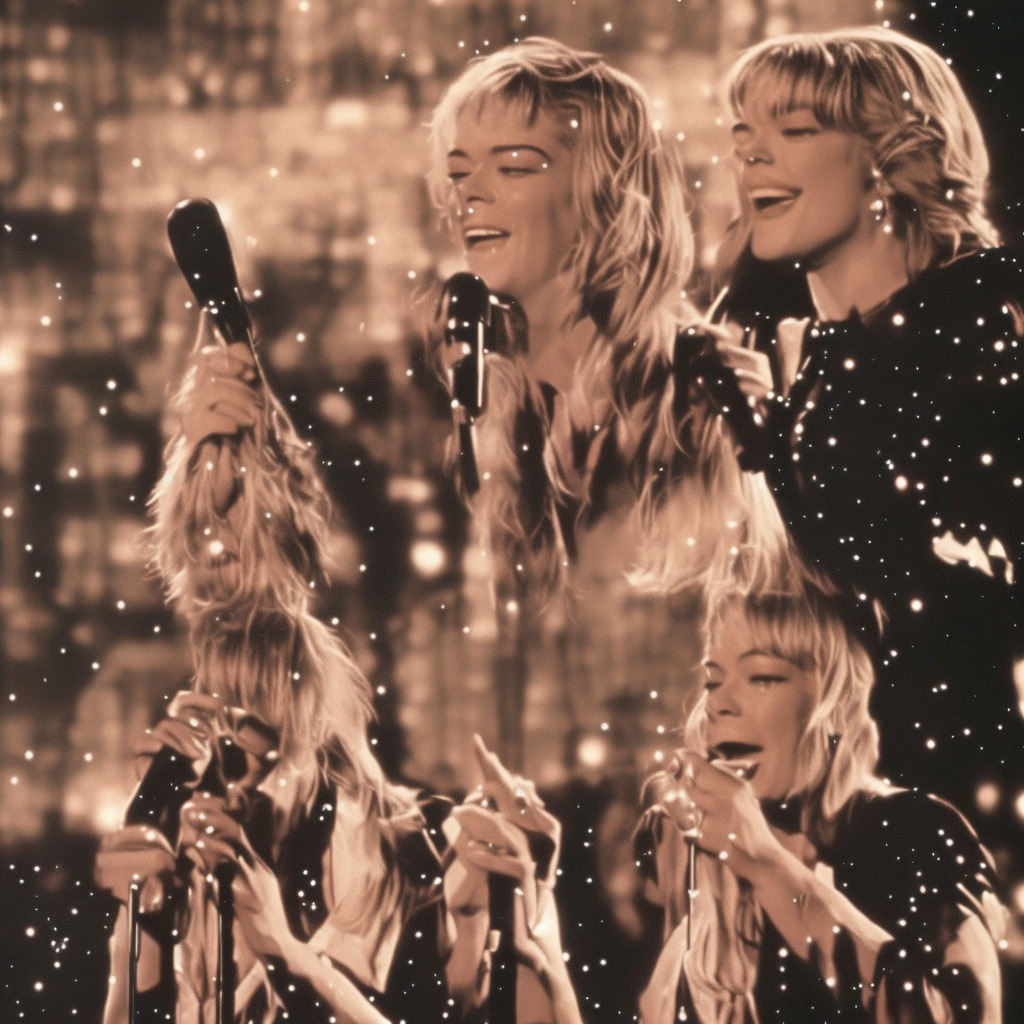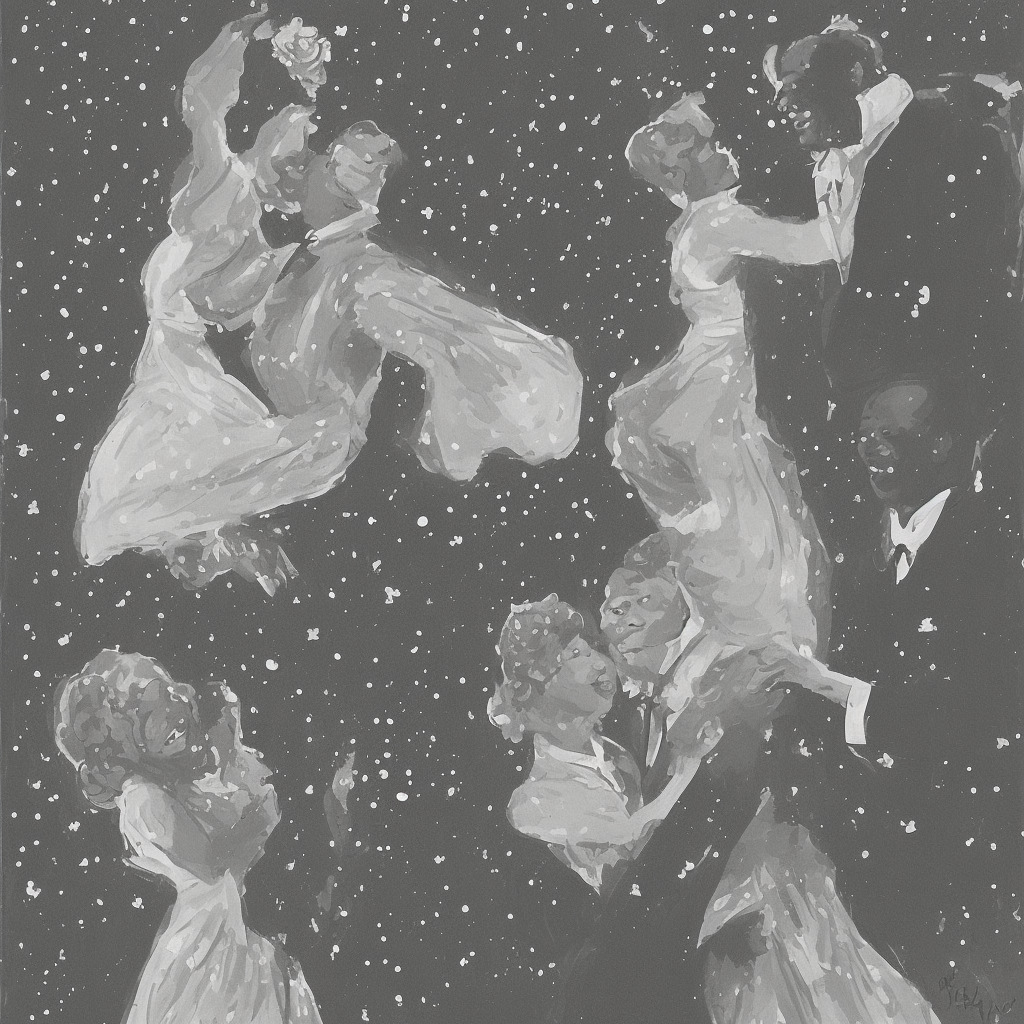🎶 Did you know? Linda Ronstadt’s iconic hit “Blue Bayou” was originally sung by Roy Orbison in ’63!🌟 Dive into her soul-soothing vocals and escape to a dreamy paradise! 🏝️💙 #BlueBayou #LindaRonstadt #MusicTrivia #ClassicTunes Read about it: tinyurl.com/3c9wk2yr
The Timeless Allure of Linda Ronstadt’s Captivating Classic
“Embracing the golden era of rock and pop, Linda Ronstadt’s timeless allure shines through her captivating classic, ‘Blue Bayou,’ leaving an indelible mark on generations of music lovers.”

Linda Ronstadt, a name synonymous with the golden era of rock and pop music, is an artist whose vocal prowess and emotive ballads have struck a chord with fans spanning multiple generations. From her humble beginnings in the 1960s with the Stone Poneys to her ascension as a solo artist in the 1970s, Ronstadt’s powerful voice and magnetic stage presence earned her the title of “First Lady of Rock.”
One song that stands out in her incredible discography is the 1977 hit “Blue Bayou.” A soothing ballad originally sung by Roy Orbison and Joe Melson, “Blue Bayou” found its way to stardom through Ronstadt’s heartfelt rendition. Her version features a perfect balance of emotion and vocal range that has contributed to the song’s status as an evergreen classic.
Over the years, Linda Ronstadt has collaborated with numerous legendary musicians, such as Dolly Parton, Emmylou Harris, and Aaron Neville. Her impressive studio album collection, which includes over 30 releases, showcases her versatility and adaptability as she has explored various genres, from country and rock to pop and even Latin music. Her 1987 album “Canciones de Mi Padre” pays homage to her Mexican roots and has become the highest-selling non-English language album in U.S. music history.
Despite her evident talent, it’s essential to mention that Ronstadt’s journey wasn’t always a smooth one. Her foray into punk and new wave genres with the 1980 album “Mad Love” garnered mixed reactions from fans and critics alike, as they felt it strayed too far from her signature sound. Despite the controversy, it cannot be denied that Ronstadt’s willingness to experiment with various styles is a testament to her musical capabilities.
Throughout her illustrious career, Linda Ronstadt has received numerous accolades and awards, including 11 Grammy Awards, the National Medal of Arts, and an induction into the Rock and Roll Hall of Fame in 2014. Although Parkinson’s disease has brought her singing career to an unfortunate end, her musical influence and legacy continue to inspire both fans and aspiring musicians.
With “Blue Bayou” remaining a beloved classic and a testament to Linda Ronstadt’s undeniable talent, her contributions to the world of music will never be forgotten. As an experienced music blogger, I take pride in recognizing and paying tribute to the artists who have shaped our musical landscape, and Linda Ronstadt is undoubtedly one of those iconic figures.
Chart-Topping Journey
Linda Ronstadt’s “Blue Bayou” – a timeless classic with melancholic melodies, heartfelt lyrics, and chart-topping history that continues to captivate music lovers across generations.

“Blue Bayou” was released on August 23, 1977 as the second single from Linda Ronstadt’s album “Simple Dreams.” This classic ballad, with its melancholic melody and heartfelt lyrics, captivated listeners, and it didn’t take long for it to climb its way up the charts. Its initial chart position, which marks the song’s debut on the Billboard Hot 100, was at a respectable #36. However, it was just the beginning of its journey towards the top.
The song experienced a steady ascent, eventually reaching its peak chart position of #3 on the Billboard Hot 100 on November 5, 1977. But that’s not all – “Blue Bayou” also made an impact on the Adult Contemporary chart, where it claimed the #2 position, further cementing its popularity among a diverse range of music lovers. Moreover, the song enjoyed international success, charting in the top 40 in several countries, including Canada, Australia, and New Zealand.
Apart from its chart accomplishments, “Blue Bayou” has received numerous accolades since its release. Linda Ronstadt was nominated for two Grammy Awards for this song – Record of the Year and Best Pop Vocal Performance, Female, at the 20th Annual Grammy Awards in 1978. Although she didn’t win in either category, the nominations themselves were a testament to the song’s artistic and commercial achievement.
If you’re searching for some chart trivia to impress your friends, you’ll be delighted to know that “Blue Bayou” has the distinction of being one of the few songs that achieved immense success on the charts twice with two different artists. The original version of the song was recorded by Roy Orbison in 1963, and it reached #29 on the Billboard Hot 100. So, both Linda Ronstadt and Roy Orbison managed to create chart-topping versions of this timeless classic, which speaks volumes about the song’s enduring appeal.
In conclusion, “Blue Bayou” remains an iconic song in Linda Ronstadt’s discography, with its captivating melody, evocative lyrics, and impressive chart achievements that continue to resonate with music lovers today.
Delving into the Lyrics of a Timeless Classic
I feel so bad I’ve got a worried mind
I’m so lonesome all the time
Since I left my baby behind on Blue Bayou
Saving nickels, saving dimes, working ’til the sun don’t shine
Looking forward to happier times on Blue Bayou
I’m going back someday
Come what may to Blue Bayou
Where the folks are fine and the world is mine on Blue Bayou
Where those fishing boats with their sails afloat
If I could only see
That familiar sunrise through sleepy eyes, how happy I’d be
“Blue Bayou” is a song about longing and nostalgia, beautifully sung by Linda Ronstadt. The lyrics encapsulate the desire to return to a cherished place that holds fond memories, in this case, Blue Bayou. The protagonist of the song is working hard, saving up, and looking forward to the day they can return to their beloved place, where the world feels perfect and everything is just fine.
The era in which this song was written, the 1970s, was a time of significant change and uncertainty for many. The United States, along with much of the world, experienced various economic, social, and political upheavals during this period. The longing for simpler, happier times expressed in the song is likely a sentiment that resonated with many listeners during this tumultuous decade.
The lyrics also touch on the theme of hard work and perseverance, as the protagonist saves “nickels and dimes” and works tirelessly to achieve their goal of returning to Blue Bayou. This idea of striving for a better future, despite the challenges faced along the way, is a timeless message that has undoubtedly contributed to the enduring popularity of this song.
In conclusion, the lyrics of “Blue Bayou” are a beautiful representation of longing, nostalgia, and the power of cherished memories. They serve as a poignant reminder of the importance of hope and determination in the face of adversity, a message that is as relevant today as it was during the era in which the song was written.
A Visual Trip to “Blue Bayou”
Dive into the nostalgic depths of Linda Ronstadt’s “Blue Bayou” through fan-made videos that visually capture the song’s wistful yearning and serene beauty.
While there isn’t an official music video for Linda Ronstadt’s timeless classic “Blue Bayou,” the song has inspired numerous fan videos and tributes on YouTube that encapsulate the nostalgic and wistful emotions conveyed by the song. Various approaches have been taken by fans to visually represent “Blue Bayou” and its yearning for a simpler time and place. Some have creatively compiled footage of Linda Ronstadt’s performances, while others have utilized serene and picturesque landscapes that evoke the dreamy bayou setting.
A popular fan-made video that has garnered over 2 million views on YouTube features a montage of Linda Ronstadt’s live performances and television appearances throughout her illustrious career. Seamlessly edited, the video showcases Linda’s vocal prowess and charismatic stage presence, further enhancing the emotional depth of “Blue Bayou.” It’s a visual celebration of Ronstadt’s incredible talent and a fitting tribute to one of her most beloved songs.
Another notable fan-made video captures the essence of the song through a series of stunning visuals of bayous, sunsets, and swaying trees. The beauty of nature is prominently displayed in this video, which effectively transports the viewers to a serene and idyllic place that the lyrics of “Blue Bayou” yearn for. The video’s calming and tranquil visuals are a perfect backdrop for Ronstadt’s soothing and soulful vocal performance.
While there isn’t an official music video for “Blue Bayou” crafted by a professional director or with a high production budget, the song’s legacy and impact have been immortalized through the creativity of fans on YouTube. These fan-made videos stand as a testament to the enduring love for Linda Ronstadt’s music and the powerful connection that “Blue Bayou” still holds with listeners around the world. So, whether you’re a longtime fan or new to Ronstadt’s beautiful ballad, there’s no shortage of heartfelt visual tributes to transport you to the mystical shores of “Blue Bayou.”
The Man Behind the Magic: Roy Orbison
The ethereal and heart-tugging ballad “Blue Bayou,” impeccably performed by Linda Ronstadt, was originally penned by the iconic singer-songwriter Roy Orbison. Orbison, also known as “The Big O,” was a true legend in the world of music and was inducted into the Rock and Roll Hall of Fame in 1987. Throughout his illustrious career, Orbison composed several chart-topping hits that showcased his remarkable ability to resonate with listeners on an emotional level, like the ever-popular “Oh, Pretty Woman,” “Crying,” and “Only the Lonely.” In addition to his solo work, Orbison was a member of the legendary supergroup Traveling Wilburys, alongside George Harrison, Bob Dylan, Tom Petty, and Jeff Lynne. His undeniable talent for crafting evocative melodies and poetic lyrics was warmly embraced by fans and peers alike, solidifying his legacy as an essential figure in the history of popular music.
Accolades, Appearances, and Cover Versions Galore
“Blue Bayou: A Timeless Classic that Bridges Generations and Genres, Garnering Accolades, Media Appearances, and Inspiring Myriad Cover Versions.”
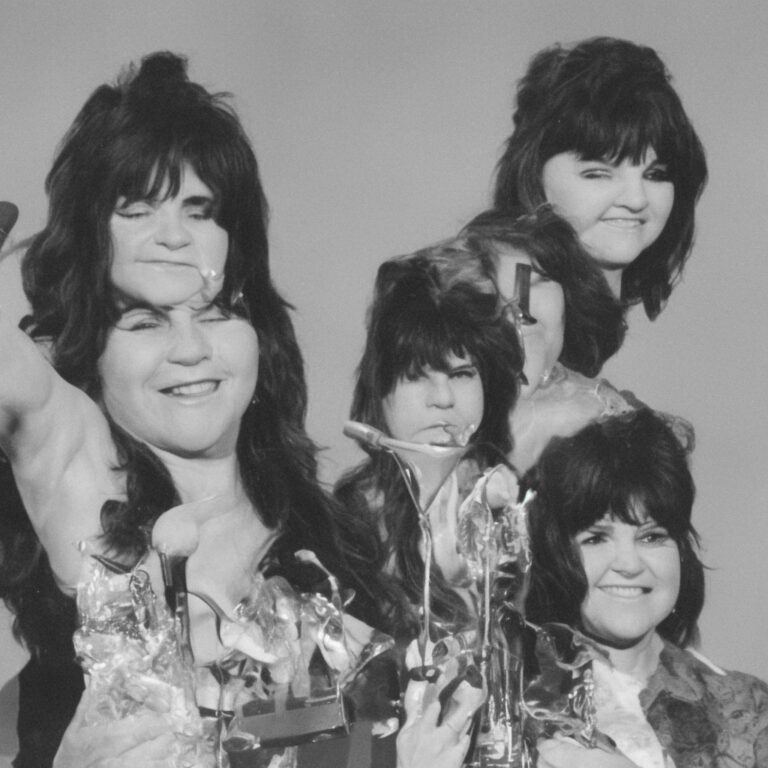
“Blue Bayou,” originally penned by Roy Orbison and Joe Melson, skyrocketed to fame when Linda Ronstadt recorded her rendition of the song in 1977. This beautiful ballad earned the singer a Grammy nomination in 1978 for Best Pop Vocal Performance – Female, a testament to her incredible vocal range and emotive delivery. It also peaked at No. 3 on the Billboard Hot 100 chart, solidifying its place in popular culture and music history.
Over the years, “Blue Bayou” has found its way into various forms of media. For instance, it was prominently featured in the 1987 movie “The Postman Always Rings Twice,” starring Jack Nicholson and Jessica Lange. Additionally, the haunting melody of the song is used to great effect in TV series like “The Sopranos” and “GLOW,” where its nostalgic and melancholic undertones complement the storylines.
The enduring popularity of “Blue Bayou” has also inspired a plethora of artists to cover the song, putting their unique spin on the classic. Notable examples include versions by the Swiss singer Paola Felix, who recorded it in German as “Ein neuer Tag, ein neues Leben” in 1978, and Canadian country singer Michelle Wright, whose 1996 rendition garnered a Top 10 hit on the Canadian country music charts. Additionally, Patty Griffin lent her ethereal voice to the tune, giving it an acoustic, stripped-back feel in her 2012 recording.
With an array of accolades, media appearances, and cover versions as diverse as the artists who have interpreted it, “Blue Bayou” remains a mainstay in the realm of timeless songs. Its beautiful melody and evocative lyrics continue to captivate listeners around the world, a testament to the songwriting prowess of Roy Orbison and Joe Melson, and the undeniable talent of Linda Ronstadt.
Breaking Down the Musical Elements
Diving into the musical structure of “Blue Bayou,” we find a beautifully crafted piece that showcases Linda Ronstadt’s powerful and emotive vocal prowess. The song is written in the key of B-flat major, a key known for its soothing and mellow qualities, perfectly complementing the wistful and nostalgic theme of the lyrics.
The chord progression of “Blue Bayou” is relatively simple, yet effective in evoking the longing and dreaminess of the song. The verses are built around a I-IV-V (Bb-Eb-F) progression, a classic and timeless combination found in many popular songs. This progression is repeated throughout the verses, adding to the song’s hypnotic allure. The chorus, on the other hand, introduces a new chord, the vi (Gm), creating a I-vi-IV-V (Bb-Gm-Eb-F) progression that lends a touch of melancholy to the overall feel of the song.
Tempo-wise, “Blue Bayou” features a slow and steady beat, clocking in at around 60 beats per minute (BPM). This relaxed pace allows listeners to fully immerse themselves in the emotional depth of the song and provides ample space for Ronstadt’s vocals to truly shine. The song’s rhythm is further enhanced by the gentle strumming of acoustic guitars and the subtle, yet effective, use of drums and percussion.
One of the standout features of “Blue Bayou” is the use of harmony vocals, a signature element in many of Linda Ronstadt’s songs. These harmonies, often sung by Ronstadt herself, provide a sense of warmth and depth to the track. The song also features a tasteful use of strings and a pedal steel guitar, adding layers of texture and creating a lush soundscape that transports the listener to the idyllic world of the “Blue Bayou.”
In conclusion, the musical structure of “Blue Bayou” is a testament to the timeless and evocative power of simplicity in songwriting. The combination of a soothing key, classic chord progressions, a slow tempo, and expertly arranged instrumentation all come together to create a truly captivating and memorable song that showcases Linda Ronstadt at her finest.


